Last week, David Tomlinson wrote about the excitement of that first birding outing for the year, when every bird is new again. One always wants to see as many species as possible in a single day, whether on an ocean island with few species, or in Suffolk, England. It was in this latter region that he reports seeing 60 species on his first outing of this year.
But how many species can one see over a few hours in the highlands of central Mexico? It won’t surprise you that our totals are higher. Back when birding was still a solitary activity for me, my records show that my first outings yielded 75-85 species. Nowadays, I’m a bit more experienced now, and almost always accompanied by one or more biologist friends. Which leads to totals at or just above 100 species.
A 7-hour outing last year, along the shores of Lake Cuitzeo, gave my one biologist companion and I exactly 100 bird species. This year, however, Lake Cuitzeo is just a dry lakebed, not attractive at all for most birds. So three biologist companions and I headed to the area around the town of Las Mesas, with its reservoir surrounded by thorn forest, followed by pine/oak forest with meadows, and finally, mature pine forest. It was a smart choice, resulting in a one-day total of 104 species for the four of us.
Of course, for even the biggest listers among us, it’s not just the number of species, but also their beauty and personality. Among our highlights were 5 doves species, a full 9 hummingbirds, 6 herons/egrets, 3 hawks and 2 falcons, 4 woodpeckers, all of 12 Tyrant Flycatchers, 3 vireos, 6 New World Sparrows, 4 New World Orioles in different shades of orange, 16 New World Warblers, 2 tanagers, and 6 grosbeaks and buntings. A Belted Kingfisher put on a show by the reservoir, as did the Common Ravens flying overhead. Blue Mockingbirds, Orange-billed Nightingale-Thrushes, and Brown-backed Solitaires serenedad us with their persistent songs. You can round out the list with 1 duck, 2 grebes, American Coot, Killdeer and Spotted Sandpiper, 2 vultures, 2 swallows, Bushtits, Ruby-crowned Kinglets, and Blue-gray Gnatcatchers, 2 wrens, 1 thrasher, Gray Silky-Flycatchers, Olive Warblers (which are not really warblers), 2 finches, and Brown-headed Cowbirds. And I hope I didn’t leave anyone out. Birds being easily offended, and all that.
I should mention, in passing, that this number of species would be considerably larger in Mexico’s tropics. It would also be much larger if one did a true dawn-to-dusk (and a bit more on each end) Big Day.
As for the day we had, it was not a banner day for photos, for me. That is because I managed to knock my ISO (lighting) marker from Automatic to 100 ISO, and for some reason did not check out any photos as I took them. So I made a wonderful collection of perfectly black photos during the middle part of the day. But the birds did their part; this was all on me. Here are a few good shots of those early — and late — birds:
Every time I go to the Las Mesas reservoir, I hope for and expect some good photos of the beautiful Black-chinned Sparrow.
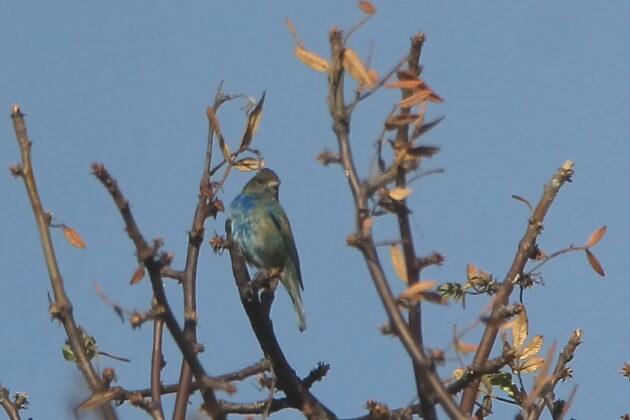
Male Indigo Buntings look rather blotchy in the winter. But still beautiful.
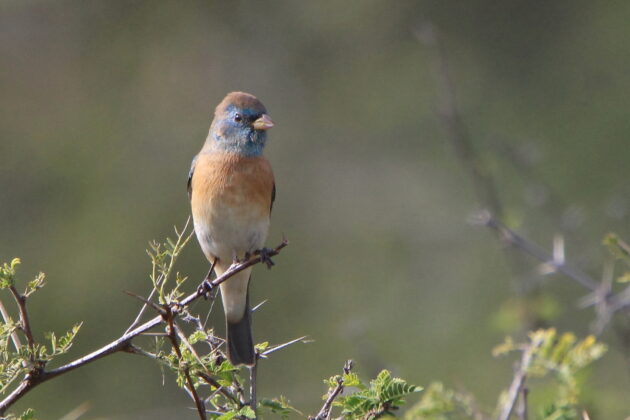
For some reason, I am even more fond of the Lazuli Bunting.
We also saw a male Painted Bunting, but did not manage photos.
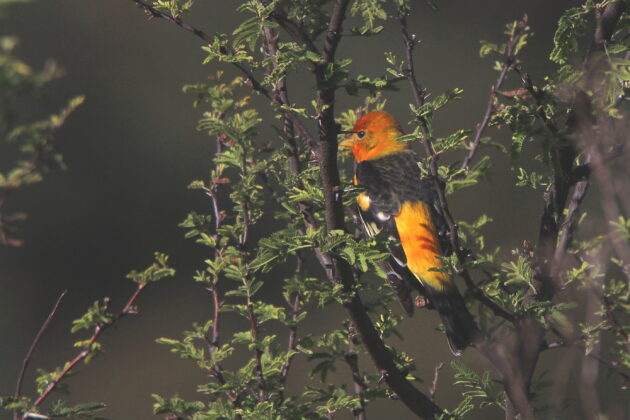
New World Tanagers have no problem competing with our Buntings.
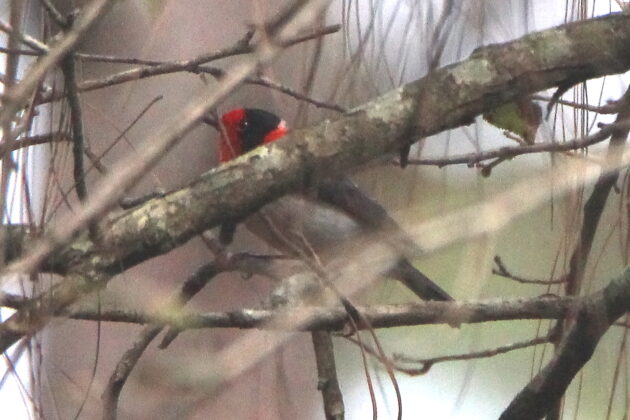
Too many branches, but hey, it’s a Red-faced Warbler!
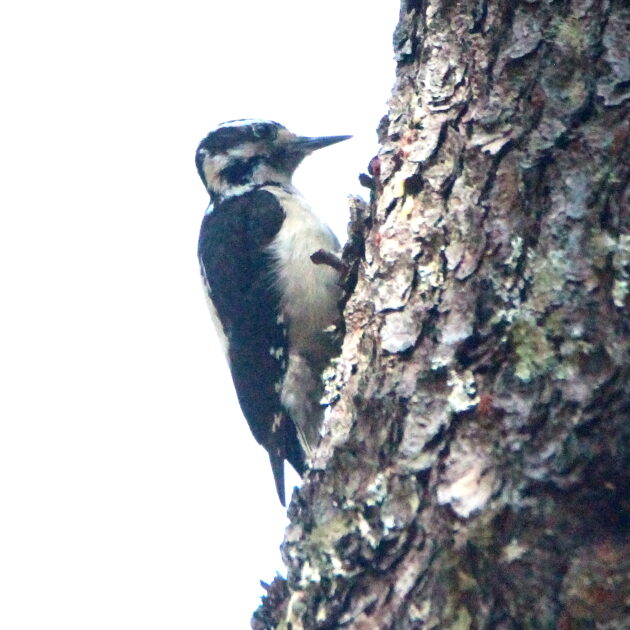
We spent plenty of time with this female Hairy Woodpecker, a lifer for one of my friends.
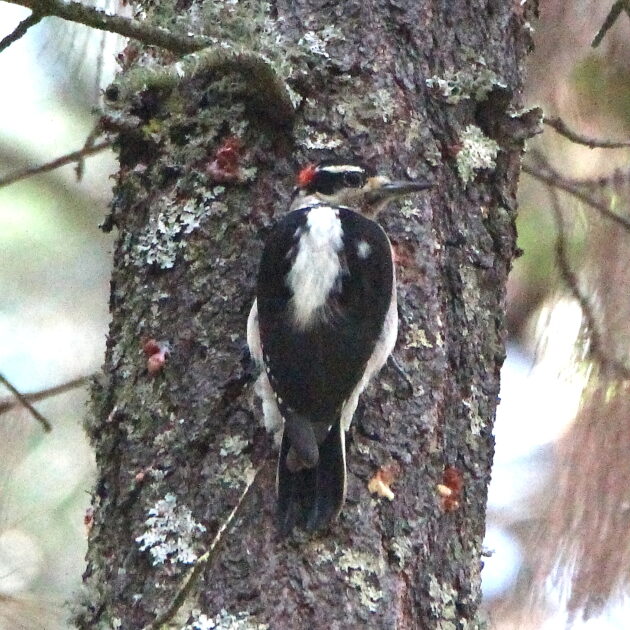
Then we noticed a male Hairy Woodpecker nearby.
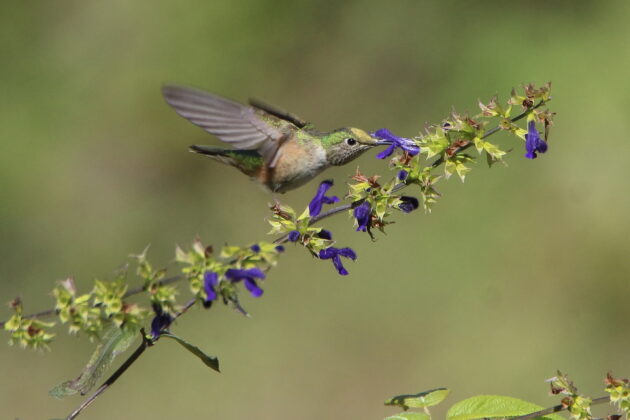
Our best hummingbird for the day was a male Ruby-throated Hummingbird, as males rarely winter in the highlands, and the females of that migratory species are essentially identical to those of their closest relative, which also winters here. But this resident Broad-tailed Hummingbird was the one that gave me good photos.
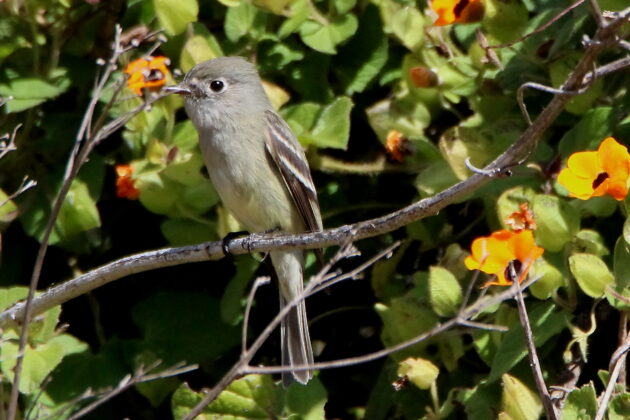
There were lots of Hammond’s Flycatchers around… along with 11 other members of the Tyrant Flycatcher family.
Of course, you go birding, and you see other beautiful things. Believe it or not, these two butterflies are from the same species.
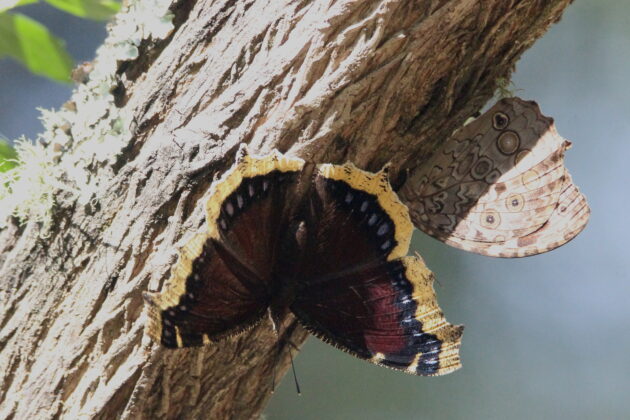
Source link
Facebook
Pinterest
Twitter
LinkedIn

